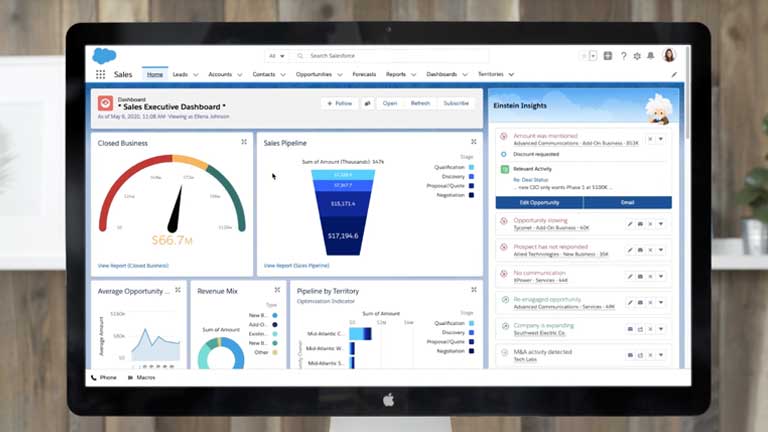Matching Your Product’s Value with Your Customer’s Values
Discover the keys to successfully drive top-line growth and bottom-line performance.
Time to read: 5 minutes
Owner, Engage Selling Solutions
“Why should I buy from you?” I often get frustrated by the responses to that question by sellers defining their unique value in the marketplace. There are typically two problems I hear.
First, too often the answer is a predictable variation on “because we provide the best customer service,” or “because we really, really care about your business.” Or worse: “because we provide an integrated solution and like to establish partners in the market.”
These generic answers reveal a fatal mistake in how many companies think about their value proposition to customers. They make themselves sound like their competition.
The second problem: too many companies create a laundry list of value propositions for sellers to use in each product pitch.
While many from that list include a good mix of features and benefits, they include so many that sellers only use a handful in their presentations rather than taking the time to choose the value proposition that's most meaningful to the customer. Thus, sales presentations don’t resonate with buyers.
Your seller’s inability to align the product’s value to what the customer values is what keeps closing ratios hovering around 30%. If you want to accelerate sales, you must communicate value propositions that speak to the customers and align them with what the buyer sees as a compelling reason to buy your product.
Listen first.
Ride-sharing service Lyft and potash producer Mosaic Corporation each understand this. Lyft promises convenient punctuality: “Rides in minutes.” Mosaic promises to “help the world grow the food it needs.” Each value statement puts customer benefits ahead of features in the product or service they’re selling. They focus on identifying a need or a problem that the customer has, and on why their product or service matters to them.
They know this by listening to their customers and by not just running with whatever the marketing department generates on its own.
In my experience monitoring sales calls and listening to qualification processes worldwide, sellers often forget (or are scared) to ask about value. It’s too bad, because this is an easy and highly profitable questioning practice.
There’s a sequence of questions that have to be asked. They don’t have to be asked all at once, but you need answers to each point before you can make a winning presentation:
- What are your objectives? What do you aim to do with this product or service you’re buying from us?
- How will you measure success? What metrics will determine if your purchase from us has met your objectives?
- What will you gain from a successful experience doing business with us? Not just as an organization, but personally.
- How will you decide which proposals is the right one for you (if they have more than one provider to pick from)?
Deliver the promise with proof.
Once you have your answers to these (and answers to your other qualification questions) you are ready to start formulating an offer that showcases how your products and services will deliver the value the customer stated he or she wanted. These are the only customer value propositions to use.
Next, back them all up with proof. A winning value proposition is only believed when backed with examples: case studies and testimonials that tell compelling stories about doing business with you.
Salesforce is a master of this approach. Every value proposition they use mentions a customer by name. Look at how they sell their app-building service Lightning in an online ad: “Accenture moves faster with Salesforce Lightning.”
There’s a direct connection being made between the benefit of a previous customer and a future one. Buyers like to see themselves in the proof you provide to support your claims.
Results say everything about your customer value proposition.
“Too many companies create a laundry list of value propositions for sellers to use in each product pitch.”

Article
Building a Customer Obsessed Sales Culture

Article
Five Proven Methods for Driving Sales Excellence

Article
Do You Really Need Sales Automation?
More Resources

Webinar

Article

Demo


